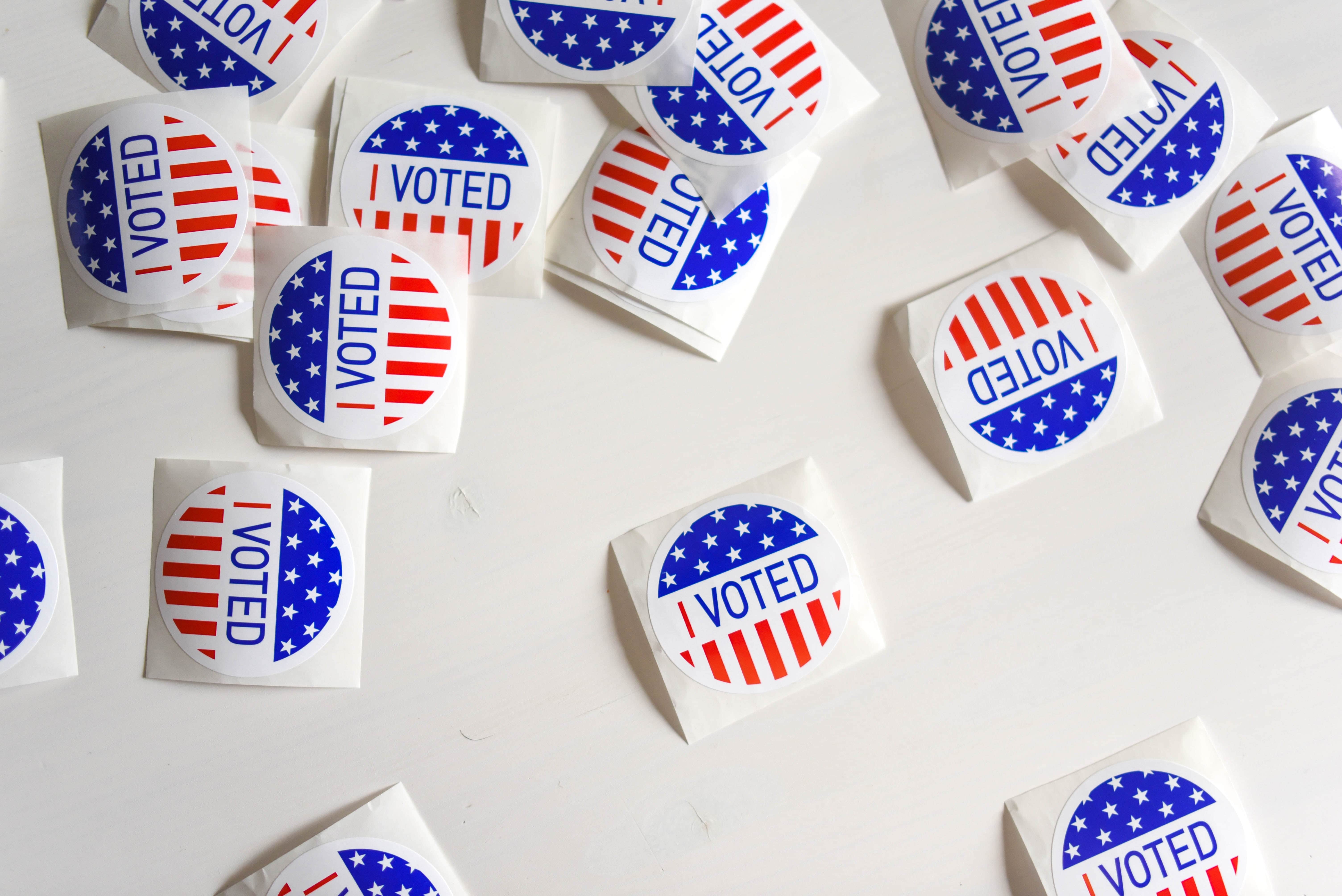2020 Election
News
Making History in 2020: Ranked-Choice Voting in the Presidential Primaries
—
(New York, NY) — Not only is 2020 is a decisive election year, with the introduction of systems like Ranked-Choice Voting, it is an opportunity for election re-form. For the first time in a presidential election, ranked-choice voting will be implemented in several state primaries, including Alaska, Hawaii, Kansas and Wyoming. In Nevada voters have already submitted their decisions using ranked-choice voting.
Ranked-choice voting – also called “instant runoff voting” – has been adopted in the US for state, local, and congressional elections since the early 20th century. 2020 will be the first year that we see this method used on the presidential stage.
How does it work?
With ranked-choice voting, voters are presented with the option to rank the candidates on the ballot in their order of preference. Instead of selecting just one candidate to put forward as the Democratic nominee, voters will be able to choose their 2nd, and even 3rd or 4th choice – depending on how many candidates are on ballot by the time they go vote.
If a candidate wins a majority of the first-preference votes they win. However, if they do not, the candidate with the fewest first-preference votes is eliminated, and certain votes – the second choice of voters that marked the now eliminated candidate as their first-preference – are redistributed to count towards the overall tally. This process continues until one candidate has a majority.
To work with the democratic primaries’ current delegate system, traditional ranked-choice voting will be adjusted. The ranked-choice tally and redistribution of second-choice votes will stop after a candidate receives 15% of the votes – instead of the majority. After this time, delegates will be allocated proportionally to the citizen’s vote. Read more about the delegate voting system here.
What are the advantages?
Ranked-choice voting is designed to elect a candidate who has the greatest majority approval. This is done by creating a system that takes into account voters ranked preferences, instead of just their first choice candidate.
The pressure to make a single choice in voting for an official creates negative and conflicting incentives. With ranked-choice voting, voters are encouraged to vote in alignment with candidates they support, instead of casting strategic votes against candidates they dislike. Likewise, candidates themselves will be incentivized to form coalitions with other like-minded candidates, instead of running campaigns that are focused on distinguishing their message.
If you live in Alaska, Hawaii or Wyoming, get out and vote on April 4th – and make sure to rank your candidates by preference!
Related Articles
The State of 2020 Democratic Presidential Primaries
Time to Vote in Florida, Arizona & Illinois: Polling Information for Super Tuesday